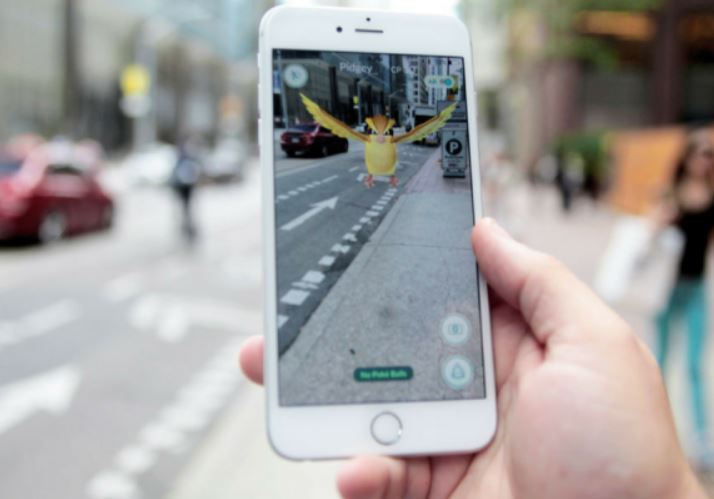What is Augmented Reality and Where Is it Used?
Augmented Reality, a term first coined in the 90’s by Boeing researcher Tom Caudell is a technology that has been gaining popularity for some time now. You may remember how excited kids with smart phones were during the Pokémon Go craze of 2016 as they were out ‘catching’ virtual creatures in public spaces. If you have no idea what kind of magic was behind this, keep reading.
Augmented Reality, abbreviated as ‘AR’ is defined as the enhancement of real-world experiences with computer-generated information. You can think of AR as the means to making our environment more digitally exciting.
Examples of Augmented Reality
Imagine using your phone’s camera or special AR glasses to view your surroundings, and the ability to see additional objects or data that appears in the places you’re viewing. With the Pokémon Go game, players went out into the world in search of Pokémon characters to catch by using their mobiles to find them through the camera and collect them before moving on to the next one. You could train your Pokémon and battle with them against other players’ characters online.
The game went viral and allowed the general public to see this technology in practice. However AR can be used for more than just Pokémon, or even other games like ‘Harry Potter: Wizards Unite’ or ‘Shark In The Park’.
Now imagine you want to buy a new piece of furniture, but you’re not sure how it’s going to look with everything else in the room. AR can let you see the item in 3d in your room at home with everything else around it. Ikea have already released an app that lets you do this.
The same method can be used to see how a watch looks on your wrist, or how other items of clothing look on your body before you buy, referred to as a virtual dressing room.
In addition to seeing these digital items we can also add information as text or sound over the environment we’re viewing, a concept that makes sense applied to educational apps using AR.
One day hospitals everywhere could use augmented reality that allows surgeons a sort of x-ray vision helping them to operate on their patients. US-based ‘Surgical Theater’ is already offering this tech with their StealthStation™ S8 surgical navigation system and their SyncAR™ visualization hub, tools that provide surgeons with an abundance of helpful information during operations.
Besides healthcare, augmented reality has already found its place in architecture allowing designers to view structures in 3d in the real world. And in warehouses, AR can help to build useful apps allowing workers to scan the shelves and have details shown to them about the items stored in all the boxes.
How Does Augmented Reality Differ from Virtual Reality?
To the unsuspecting public these two terms might seem like the same techno babble. However there’s an important difference you should understand that separates these technologies.
Unlike Virtual Reality (or VR), AR does not require a headset that completely immerses you in digital content around you. Instead, we can use either a mobile device with a camera or AR glasses (there are several on the market of varying prices) to see our real surroundings with additional virtual content added to the environment you’re in.
On the other side, both VR and AR share some of the same technologies to power them such as cameras, gyroscopes and accelerometers, and both industries have been positively affected by the rapid growth of smart phone production.
Further Learning
If you’d like to learn more about AR, Coursera have a free beginners course covering the terms and definitions as well as popular applications of it today. This course won’t teach you how to actually program or build AR apps but it’s a good place to get an introduction and see how projects are planned out. If you’d like to take the course and get a .pdf certificate at the end the price is €26, but you can also skip the certificate and go through the material for free, even upgrading later if you change your mind.
Please note however that the course mentions the availability of 3d assets on Poly (an online library by Google) however Poly was sadly shut down last year. Luckily, there are many good alternatives for find assets for use in your projects including Sketchfab or echoAR and no doubt in future there will be many more online resources as AR becomes more widely used.
